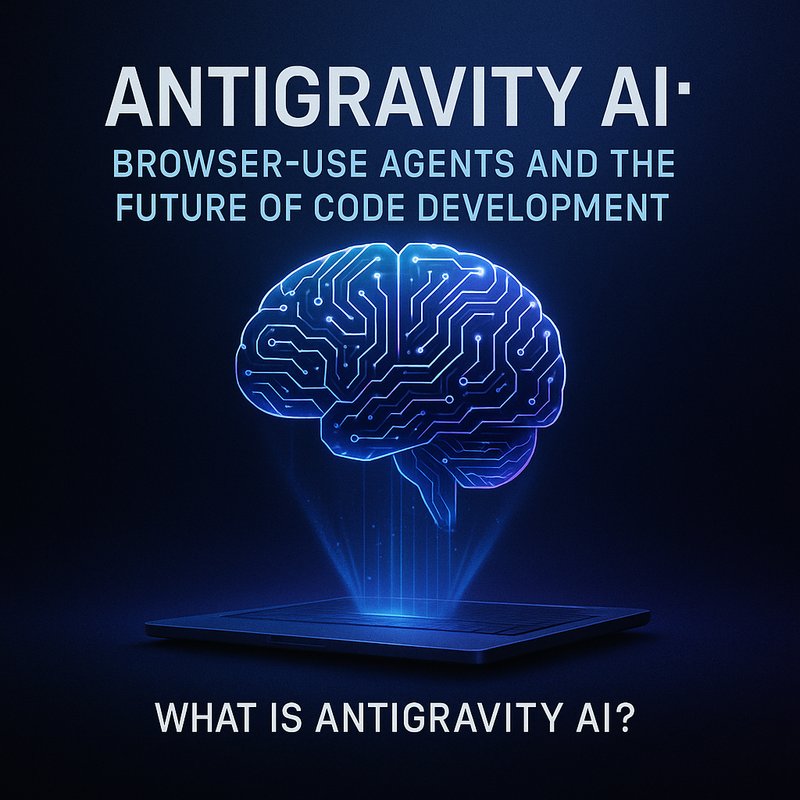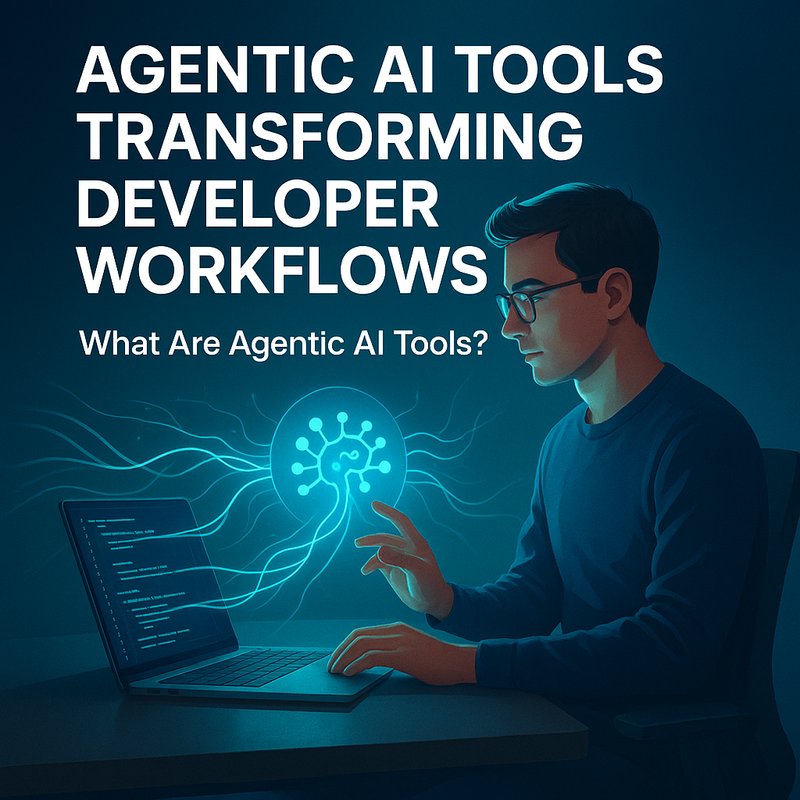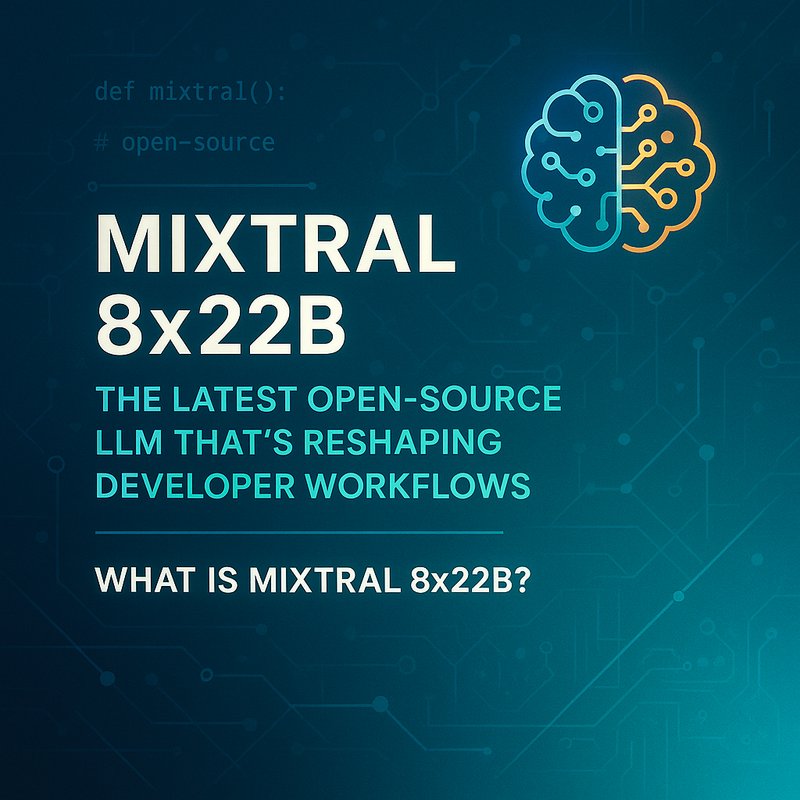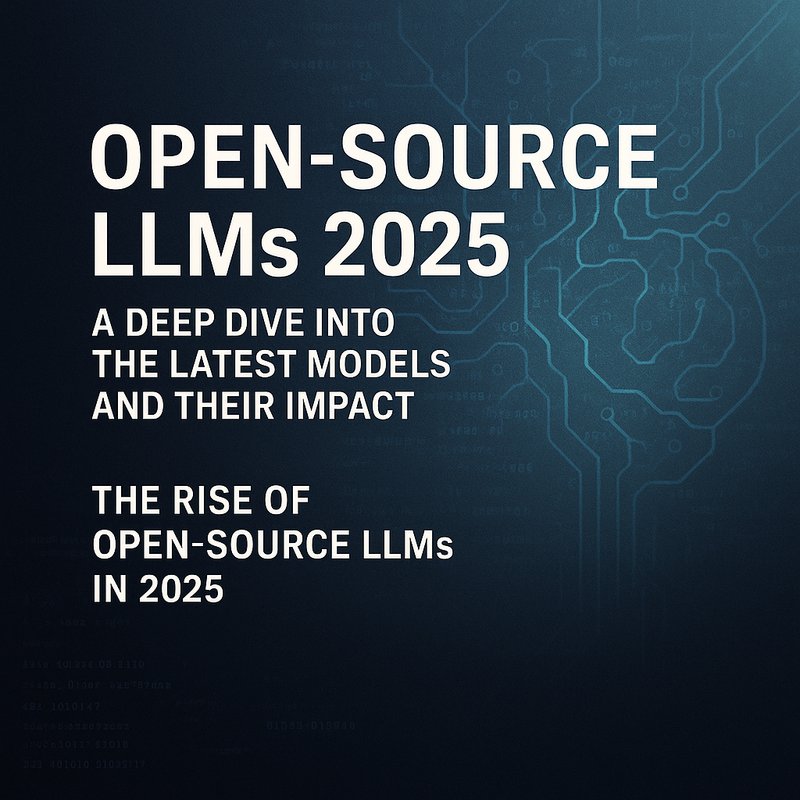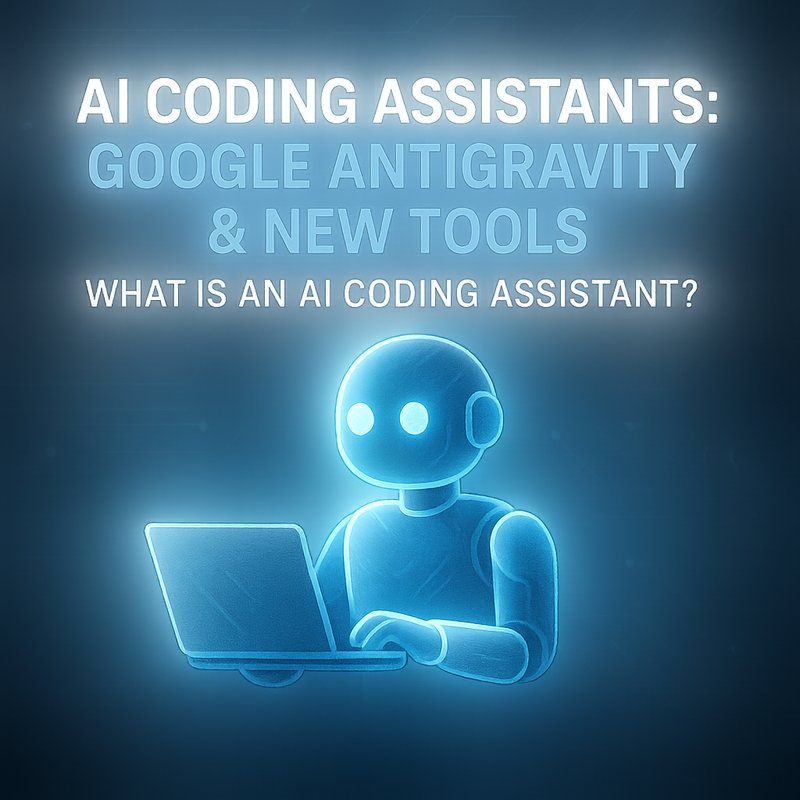Imagine sipping your morning coffee while chatting with a friend about the latest in AI. You ask, “How does that model come up with its answer?” and your friend shrugs. Most of us treat AI like magic. We type a prompt, and it spits back text. But what if the model could share its work, step by step? What if it could think out loud?
This idea of making AI more open—letting it show its reasoning—could change how we trust and use these systems. It might even cut down on wasted compute power (and pollution) by focusing on what really matters. Let’s dive in.
Why AI Feels Like a Black Box
When you ask a large language model a question, you see only the final text. You never know about the internal detours it took. That sense of mystery has real costs:
- You can’t spot hidden bias if you only see the answer.
- Debugging a strange output feels like chasing ghosts.
- People worry about accountability. Who’s to blame if an AI spits out wrong medical advice?
The term “black box” comes up a lot. It means you can’t see inside. And when you can’t look under the hood, trust takes a hit.
But the push for “thinking out loud” is gaining ground. Researchers are asking: what if we could peek at the intermediate steps? What if the model could label each thought like bullet points?
Peeking Behind the Curtain: New Study on AI Reasoning Tokens
Just last week, a team compared 14 popular language models (including ones from OpenAI and Google). They wanted to know: how much extra text does a model generate when it breaks down its reasoning?
What Researchers Found
- Longer reasoning, more tokens: Models that show each step end up using up to ten times more tokens than when they jump to a quick answer.
- Bigger carbon footprint: Those extra tokens translate into extra computation—meaning higher CO₂ emissions. In some cases, reasoning-heavy runs produced up to 50 times more emissions than concise replies.
- Accuracy trade-off: Surprisingly, more reasoning didn’t always make answers better. Sometimes the succinct version was just as accurate.
This study highlights a tension: we crave transparency, yet every extra token has a cost (both for the planet and for your cloud bill).
Emissions and Efficiency: The Hidden Cost of Thought
Here’s where it gets real. Data centers draw a lot of power. Every time a model “thinks out loud,” it’s running more compute cycles. Researchers estimate that if every chat included full reasoning steps, global AI emissions could climb by double digits in the next year.
The catch? If we can see the reasoning, we can spot waste. We could trim useless paths, focus only on what matters, and even redesign models to weigh steps differently. That’s a big part of the promise behind transparent AI.
Thinking Out Loud: What It Means
So what does it look like when an AI thinks out loud? Picture this:
You ask: “Which drug interaction risks serotonin syndrome?”
The model responds with three bullet points:
- Step 1: Identify drugs that boost serotonin
- Step 2: Check patient’s current prescriptions
- Step 3: Flag any overlap
Then it shows a mini-table:
- Drug A: SSRI
- Drug B: Triptan
- Overlap: Yes → High risk
Finally, it gives the answer: “Avoid combining SSRIs with triptans. Consult a pharmacist.”
Step-by-Step Explanations
Breaking reasoning into steps helps you follow along. You see how the model weighs options—almost like watching a chef explain each cooking move. This lets you catch mistakes early instead of reading a final paragraph and saying, “Wait, how did it get there?”
Spotting Mistakes and Bias
When you have the chain of thought, you can:
- Spot where a biased data source slipped in
- See if the model jumped to a conclusion
- Suggest better sources or rules
For example, if an AI tutor offers example sentences only about sports and cars, you’d notice a lack of diversity in its steps. Then you could correct the training data or add bias checks.
Real-World Benefits of Open Reasoning
Transparency isn’t just for show. It unlocks real benefits in fields where clarity matters.
Healthcare and Diagnostics
Doctors often treat AI like a second reader. They want to see the model’s reasoning:
- How did it match symptoms to conditions?
- What lab values tripped its algorithms?
- Which research paper did it lean on?
Showing its steps could make hospitals more comfortable relying on AI scans and reports. It’s like the model handing over its lab notebook.

Finance and Auditing
In finance, regulators want audit trails. If an AI system flags a suspicious transaction, you need to know why:
- It noticed rapid transfers over $10,000.
- The account holder’s location jumped multiple countries.
- Pattern matched known fraud schemes.
That clear chain of thought helps compliance officers review and approve AI decisions.
Everyday Chat and Assistants
Even in casual apps, transparency builds trust. Imagine a travel assistant that tells you:
- It chose a flight because it balanced price and layover time.
- It skipped one airline due to past delays.
- It booked the cheaper seat class but added extra legroom.
You’d feel more confident following its suggestion.
Challenges on the Road to Transparency
Of course, making AI think out loud isn’t all smooth sailing.
Overload of Information
Imagine a weatherman who narrates every data lookup, humidity index, wind-speed check, temperature grid interpolation. Verbose processes can swamp users. We need ways to show just enough detail without drowning in bullet points.
Privacy and Security Concerns
Sometimes the reasoning relies on sensitive data. A model diagnosing a private health record can’t publish every detail. We need techniques to hide personal info while still sharing the core logic.
How Developers Can Make Models More Open
Turning the idea of transparent AI into reality takes design choices and tools. Here are some approaches:
Design for Explanation
- Chain-of-Thought Prompts: Encourage models to share each reasoning step as they answer.
- Selective Logging: Record intermediate tokens for review without streaming them to end users.
- User Controls: Let people choose the depth of explanation—bullet list, summary, or none.
Tools and Libraries
Open-source tools can help audit model decisions:
- LIME: Breaks down which words or data points influenced a prediction.
- SHAP: Assigns each feature a contribution value.
These let you peek at decision impacts without rerunning models for full transcripts.
A Glimpse at Neura AI’s Approach
At Neura AI, we’re experimenting with selective transparency. Our RDA Agents can:
- Capture reasoning logs behind the scenes
- Surface key steps when you ask “Why did you do that?”
- Trim out unneeded lines before presenting them
That way, you get clarity without overwhelming detail.
A Look Ahead: What Comes Next?
Transparent AI is still in early stages. Here’s what to watch:
- Standardized Explanation Formats: Industry groups may agree on a “transcript” style for AI reasoning.
- Efficiency-First Chains: New model designs that share structure without repeating every token.
- Regulatory Push: We might see rules requiring AI to provide clear reasons for high-stakes tasks.
If that happens, your next mortgage application or medical pre-approval could come with an easy-to-follow audit trail.
The bottom line? We need to ask AI to show its work. Just like teachers want us to do in math class.
Conclusion
The idea of AI thinking out loud is more than a neat trick. It’s a bridge to trust, accountability, and better performance. By shining a light on each step, we can catch bias, trim waste, and build systems people actually feel good about using. Yes, every extra token adds cost—but smart methods can cut the fluff. The key is balance: enough detail to follow the logic, without drowning in noise.
These days, when someone tells you about a new AI app, ask them: “Can I see how it got that answer?” If the answer is “Sure,” we’ll know AI is finally stepping out of the shadows.

